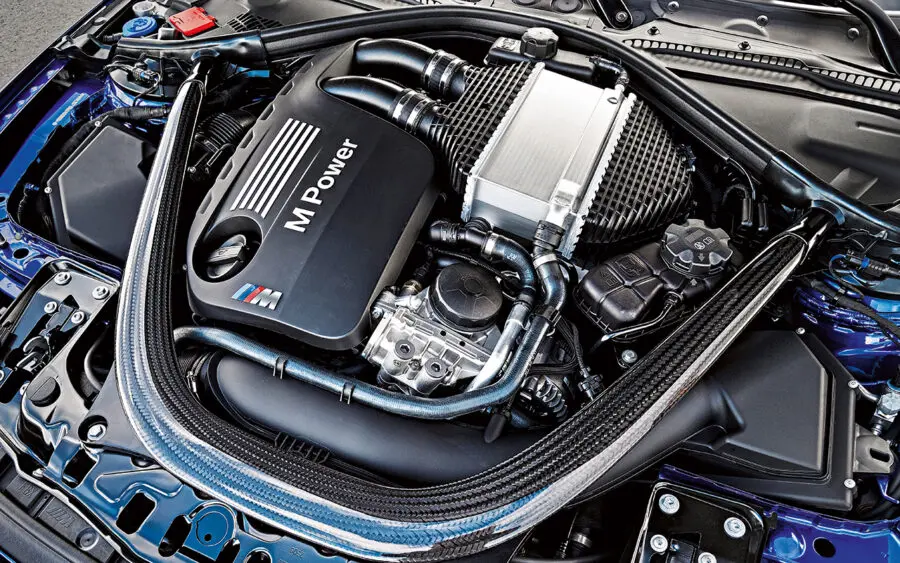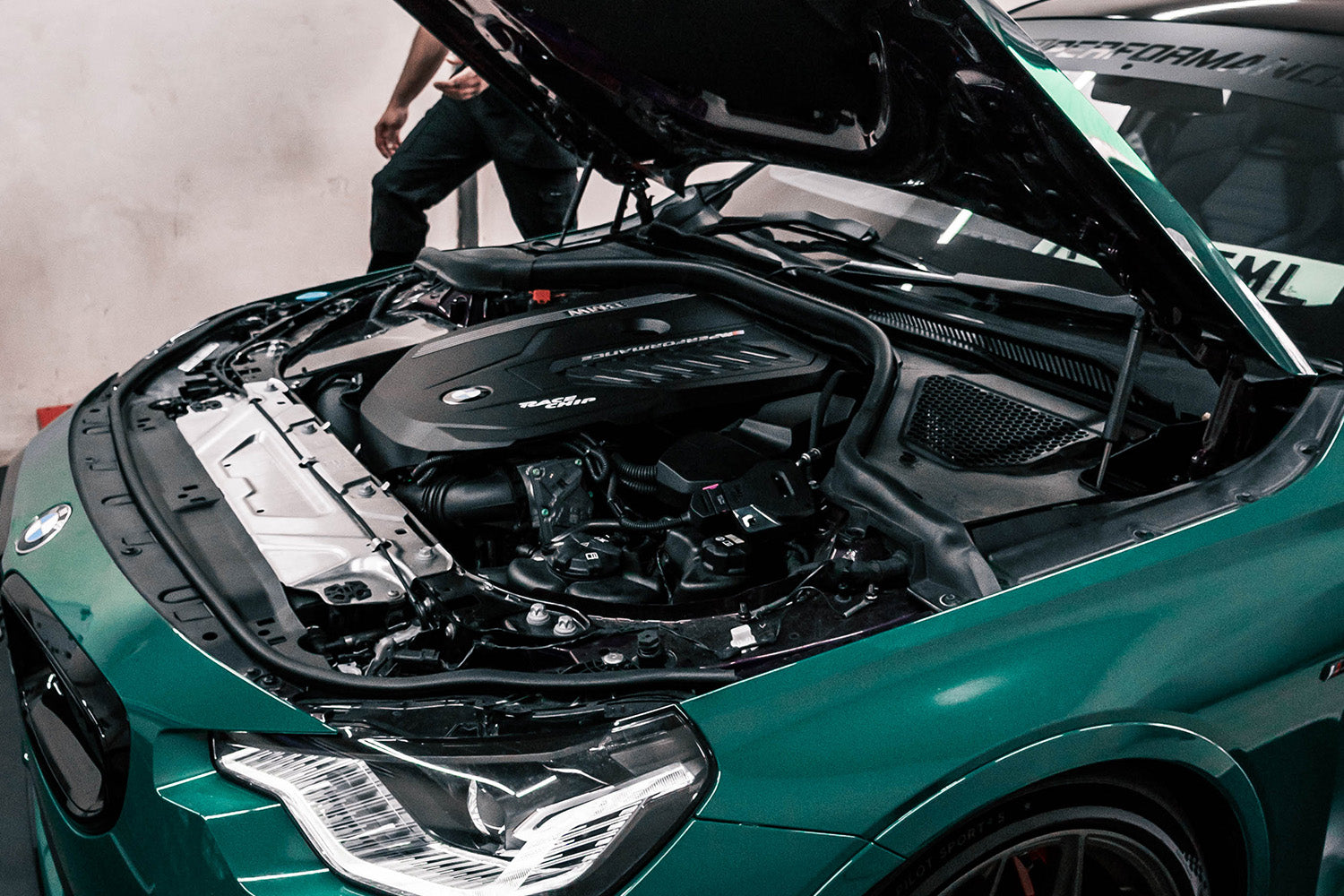Revealing the Tricks Behind the Power of the BMW Engine
Revealing the Tricks Behind the Power of the BMW Engine
Blog Article
Exploring the Evolution of Combustion Engines in Modern Transport Equipments
As we navigate the landscape of contemporary transport, the development of combustion engines stands as a testament to human ingenuity and engineering prowess. From their modest starts to the innovative giants thrusting vehicles today, combustion engines have undergone an amazing journey of advancement and adaptation. Understanding the complexities of this development not only clarifies the past but additionally leads the way for visualizing what lies in advance in the world of transportation technology. The interaction of background, technology, and environmental problems in forming the trajectory of combustion engines creates a story that is both compelling and informative.
Early Beginnings of Combustion Engines
How did the idea of burning engines first emerge in the very early phases of transportation growth? The roots of combustion engines can be mapped back to the 17th century when the concepts of interior combustion were initial explored.
The development minute came with the development of the first successful gasoline-powered engine by Karl Benz in 1885 - bmw engine. This engine led the means for the development of the contemporary car, revolutionizing transportation systems worldwide. Subsequent advancements by Nikolaus Otto and Gottlieb Daimler better refined combustion engine innovation, bring about the mass production of vehicles and the fast growth of the transport sector
These early combustion engines were characterized by their simplicity and efficiency, laying the structure for the facility and effective engines made use of in contemporary transportation systems. The evolution of combustion engines has actually been instrumental fit the means we take a trip and deliver products, marking a significant milestone in the background of transportation growth.
Change to Internal Combustion Technology
The change to inner combustion technology noted a crucial change in the advancement of transport systems. This shift started in the late 19th century, with innovators like Nikolaus Otto and Gottlieb Daimler establishing the first effective interior combustion engines. These engines changed transport by providing an extra powerful and reliable option to steam engines and electrical motors.
One of the vital advantages of internal burning engines was their ability to be reduced to fit into cars, resulting in the growth of autos and bikes. This shift from bulky, stationary engines to small, mobile ones led the way for the modern transport systems we see today.
The transition to interior burning innovation additionally spurred innovations in fuel innovation, leading to the advancement of fuel and diesel as main gas sources for automobiles. This change not only made transport extra easily accessible to the masses but likewise laid the foundation for the oil and gas industry to end up being indispensable to international economies.
Influence of Combustion Engines on Transport
The adoption of combustion engines in transportation systems militarized an extensive shift in the performance and rate of global mobility. Combustion engines changed transportation by giving a reputable and flexible source of power for various lorries, consisting of automobiles, vehicles, planes, and ships. This advancement significantly enhanced the ability for products and people to move over cross countries in much shorter timespan, causing increased connectivity between areas and nations.
Moreover, the extensive use combustion engines has had a substantial impact on financial growth. The ability to carry products effectively has stimulated trade and commerce, permitting companies to broaden their markets and get to consumers worldwide. This has facilitated economic growth and globalization, as items can currently be moved much faster and in larger quantities than ever.
Nonetheless, the ecological effect of combustion engines can not be neglected. Website The combustion of fossil gas has actually caused air pollution and greenhouse gas exhausts, adding to climate adjustment and posturing health and wellness risks to populaces. bmw engine. Consequently, there is a growing focus on creating alternate propulsion technologies to minimize these unfavorable effects and develop a much more sustainable future for transport
Innovations in Combustion Engine Style
Numerous innovations in combustion engine design have moved the advancement of transportation systems over the years. One noteworthy technology is the advancement of turbocharged engines, which make use of exhaust gases to drive a wind turbine that presses incoming air, enabling more gas to be burnt, leading to increased power outcome without a considerable increase in engine size. In addition, direct shot modern technology has boosted fuel effectiveness and efficiency by precisely managing the quantity and timing of gas infused right into the combustion chamber. Variable shutoff timing systems have actually likewise revolutionized engine style by optimizing air flow at various engine speeds, improving both power and performance. An additional significant improvement is the assimilation of lightweight materials such as carbon fiber and light weight aluminum alloys, lowering total engine weight and improving automobile fuel economic situation. Furthermore, advancements in computer-aided design have actually allowed designers to maximize engine efficiency and effectiveness via simulations prior to physical prototypes are built, saving time and resources in the advancement process. These technologies jointly contribute to the constant enhancement of combustion engines in modern transportation systems.
Future Trends in Burning Engine Advancement
With technology improvements driving continuous advancement, the future of burning engine advancement is positioned check out this site to transform transport systems worldwide. One of the vital trends in combustion engine growth is the press towards higher performance and reduced discharges.
An additional prominent pattern is the adoption of crossbreed technologies in burning engines. Hybrid engines combine conventional burning modern technology with electrical power, providing enhanced fuel performance and lower exhausts. As the automobile sector shifts towards electrification, hybrid burning engines are viewed as a transitional remedy that links the gap between traditional automobiles and totally electrical ones.
Moreover, the integration of smart technologies, such as man-made knowledge and information analytics, is expected to play a considerable function in the future of combustion engine advancement. These innovations can enhance engine performance in real-time, resulting in a lot more effective combustion processes and enhanced overall automobile efficiency. Accepting these future patterns will not only drive development in burning engine growth yet likewise add to a much more environmentally friendly and lasting transport environment.

Conclusion
In conclusion, the evolution of burning engines in contemporary transportation systems has actually been noted by significant advancements in modern technology Web Site and design. From the early starts of combustion engines to the shift to internal combustion technology, these engines have had an extensive effect on transport.
The origins of combustion engines can be traced back to the 17th century when the concepts of internal burning were very first explored. These engines changed transportation by offering a much more efficient and effective option to vapor engines and electric motors.

Report this page